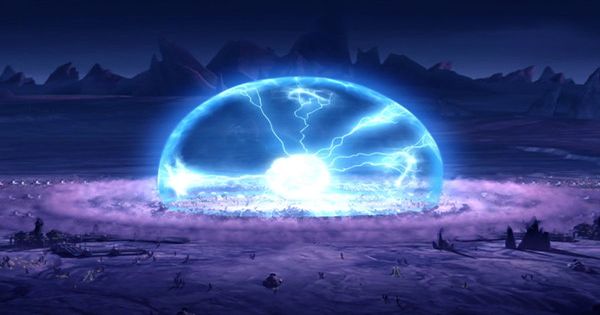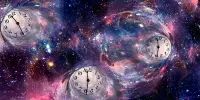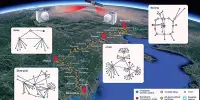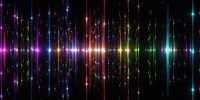Researchers have now developed a new type of artificial atom where the helium nucleus is orbited by a peon rather than an electron. Artificial atom allows scientists to limit the laws of physics and gain insight into what we are already familiar with and what we can still discover.
Helium is not just for party balloons. It is the second lightest and second most abundant element in the universe. Its nucleus is made up of two protons (which have a positive charge) and one or two neutrons (no charge). Both neutrons and protons are made up of three quarks.
This nucleus is orbited by two electrons with a negative charge.
Pions are similar to protons and neutrons but they consist of a quark and an antiquark. They can have a positive, negative or neutral charge depending on the type of quark/antiquark mixture. Not only can you change a negative peon for an electron and get a stable atom, but researchers have established the theory that you can do it for a short time. This meta-stable state is long enough to run interesting experiments – a state researchers have now shown that it can be found.
For the first time, a team led by Masaki Hori from the Max Planck Institute for Quantum Optics has created pionic Helium, as reported in Nature. Synthetic atoms were stable for several nanoseconds or a few billionths of a second. In fact a short time, but 1,000 times longer than the ideal interaction between the nuclear nucleus and the pions.
It was easy to achieve but something. First, the team had to cool the helium to almost perfect zero. At this temperature, helium is a superfluid and quantum properties are macroscopic with a strange effect. For example, excessive helium can climb the wall of its container. To create pionic helium, researchers shot helium with pions.
In 98 percent of the events, the team ended up breaking down the nucleus, but for the remaining 2 percent, the peons began to move an electron and orbit the nucleus. The team then took it a step further by using lasers to give extra encouragement to the orbiting peons. Thanks to the extra energy, the peons also surpass the second electron. This provided a more surviving interaction between pions and the nucleus, which did not leave pesky electrons in the way.
Hori explained in a statement, “This breakthrough opens up a whole new way of investigating pianos with quantum optics methods.” This strategy has exciting potential. In a speech at the back of the study, Neil Madsen of the University of Swansea said that the accuracy of peon masses in this method has the potential to improve up to a factor of 100. And these are not all. Peons can even be used to directly estimate the mass of a muon antineutrino, a particle that can hide why the universe is made of matter and not antimatter.















